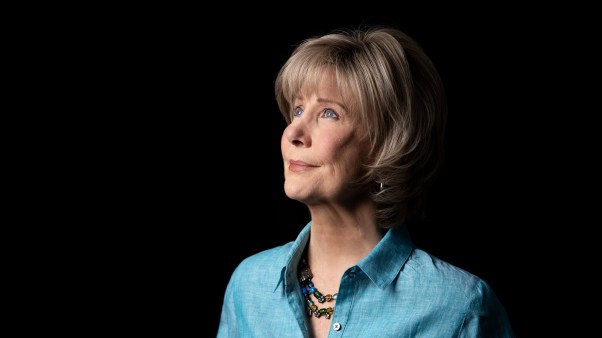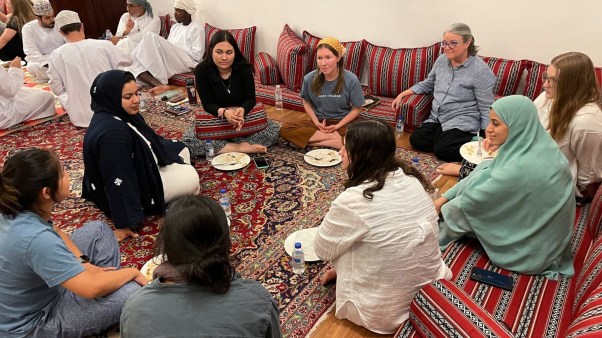When our kids were young, it was a big deal just to get them to wait their turn to speak in dinner conversations. When that happened we were pleased, but we still had a long way to go.
The conversations, though orderly, were a string of non sequiturs. Dan would go into excruciating detail telling us his dream of the night before. Joel would politely wait his turn to tell us, immediately afterward, that he had a yellow T-shirt in his closet. Andy would sit sucking his fingers, with a faraway look in his eyes, and when his turn came would grunt that he wanted a slingshot for his birthday.
Some group prayer meetings are like that. I’ve often found myself just taking my turn, along with the rest, to say to God the things I want to say, without much thought of what others are praying.
Good prayer conversation
Through my wife’s involvement in the Mom’s In Touch prayer movement, I have learned a method that we call “agree, vector, and build.” The method is to listen, really listen, to a person’s prayer, and to let it sink into my mind and heart before I move to my particular concerns.
Someone may pray for a family member’s health, for instance. As I mull over that prayer, I add a kind of “amen” to it, agreeing with it verbally or silently, thus entering more deeply into the concern.
Sometimes when I do that, I may find myself moved to add my own prayer, a nuance, to the prayer I heard. Others may do the same, vectoring their prayers and building on the original prayer. It is remarkable the ways we have experienced the leading of the Holy Spirit—not only in how to pray for a matter but in what to do about it after we have.
My friend Bob Bakke urges prayer groups to make their prayers short and many. Long, sonorous prayers by the “adept” stifle the participation of those who don’t feel so adept. So each should pray short prayers, many times in a session, thus leaving space for everyone to agree with, vector in, and build on the prayers of others. It can be a wonderful way to practice the sumphoneo the Lord commands.
Plan your spontaneity
Good corporate prayer in a large group also requires planning, at least as much as would go into any other well-planned service of worship. Many prayer meetings fail precisely at this point.
We often assume that a prayer meeting should simply “flow” spontaneously in the Spirit, meaning that there should be no planning, since planning would somehow hinder the flow. That’s not spontaneity. It’s what Thomas Howard calls “the myth of spontaneity.” Again, the “adept” dominate and the whole focus of the gathering sinks.
Our experience in other areas of life tells us that not much good comes from thoughtless spontaneity. Ask Mozart or Einstein if mere spontaneity had anything to do with their accomplishments, and they’ll say hard work, yes; discipline, yes; but mere spontaneity, no. Perhaps their insights came in a flash that was experienced as spontaneity, but that was built on years of hard work and training.
For that reason, I think all-church prayer meetings should be significant worship events, taking place perhaps only monthly, rather than weekly.
Become the lead pray-er
If a church is going to become a praying church, the pastor must take the lead as the most visible pray-er in the congregation. This leadership cannot be delegated to others, for the people of the church will regard as central what the leader leads, and as peripheral what he or she does not lead.
The pastor should announce to the church the time and the place that he is beginning to pray, invite all to come who will come, and begin to pray with whomever God gives. (No complaining over how few may come at first, only rejoicing over who did come!)
And keep at it until the kingdom comes. Quite literally.
—Ben Patterson
Copyright © 1999 by the author or Christianity Today/Leadership Journal. Click here for reprint information on Leadership Journal.








